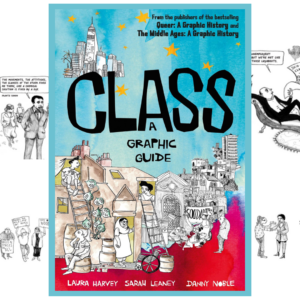[responsivevoice_button buttontext=”Listen”]
🌟🌟🌟🌟🌟
A fascinating, multi-layered look at the “hard” problem of consciousness, which this reader found totally and absolutely mesmerizing. (My own consciousness working hard to keep up, expanding with the extraordinarily-sweeping insights of this author).
Taking an unusual approach, the author, a neuroscientist, considers one true-to-life scenario – the stimulation of a patients brain during surgery with an electric wand, and the sudden invocation of not only laughter, but the accompanying feeling of joy and mirth.
As our patient, Anna, laughs, the author provides nineteen different views, that in some cases encompass aspects of the “what ” has happened (the “easy” problem in the brain, which has to do with neurons and their sparked electrical charges in brain-specific areas), but also touch on the “why” – which is an infinitely more interesting problem.
What is it, this generated feeling, sense of self, and awareness that we call consciousness, and where does it come from? Does it have a physical substrate in the brain (and if so, where is it located?). If it is not physically rooted, is it but a simulation, or an imagined story told by the brain to aid in the efficient use of its resources? A side effect of a volume of intelligent brain activity or simply the movement of thoughts, generated as the brain predicts and plans enormous configurations of possibilities.
Exhuastively and brilliantly detailed, the author provides a sweeping look at life, beginning with development from single cells to bordered multi-celled organisms, relying on proton-pumps and the magic of bio-chemistry to power individual cells. This development paves the way for all biological development, from cell respiration, to ATP production, to the eventual development of the action potential (electric charge) that allows a single neuron to direct an external muscle cell, or a group of firing neurons to activate an entire preprogrammed sequence of coordinated movements or thoughts in the brain.
In various scenarios, the author explains (metaphorically and beautifully capturing complex scientific phenomena) this orchestration by the brain, which ties together all living creatures, as we are all built of the same stuff – yet only some of which could be called conscious.
A question that, at the end of the day, may actually not be answerable – for can we really determine what consciousness is through the efforts of consciousness itself? (Mathematicians would say not).
(Perhaps most fascinating of all is the foray into microtubules and the mysteries of quantum mechanics – which no-one really understands, and so may form the best foundation of all to eventually “solve” this profoundly-indeterminate puzzle.)
I loved this book – found the questions it raised mind-altering, and the explanations provided wonderful and illuminating food for thought.
A great big thank you to Netgalley, the author, and the publisher for an ARC of this book.
All thoughts presented are my own.



